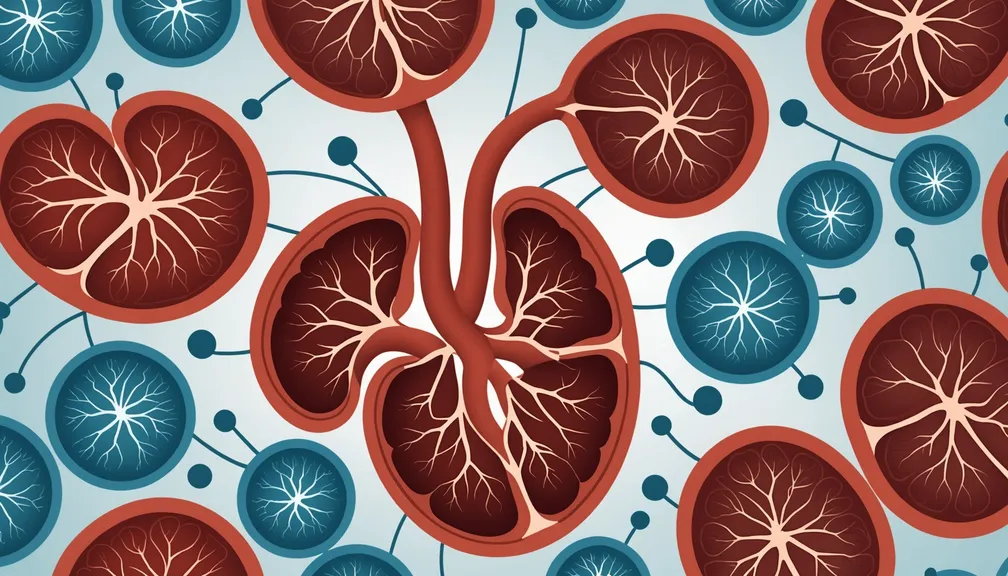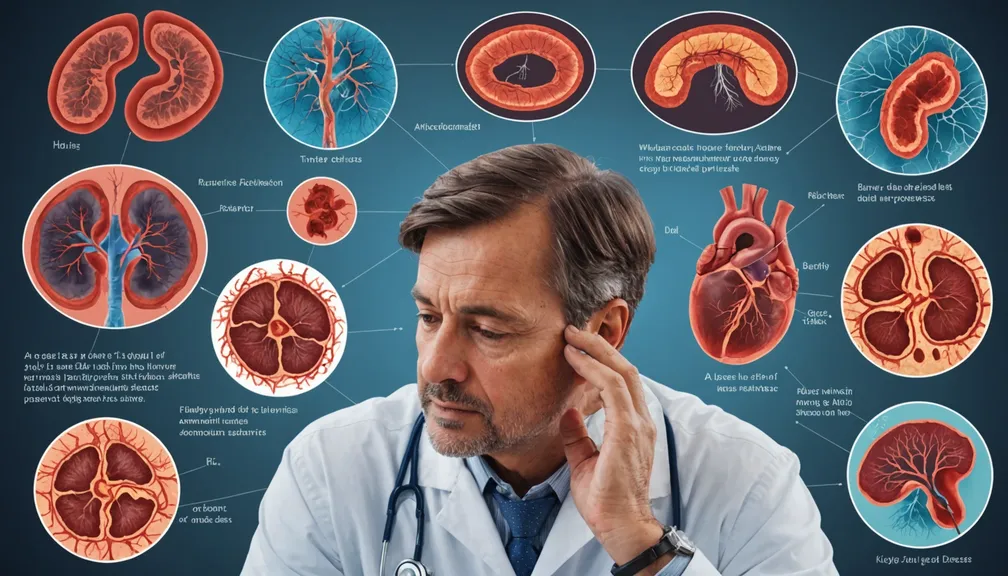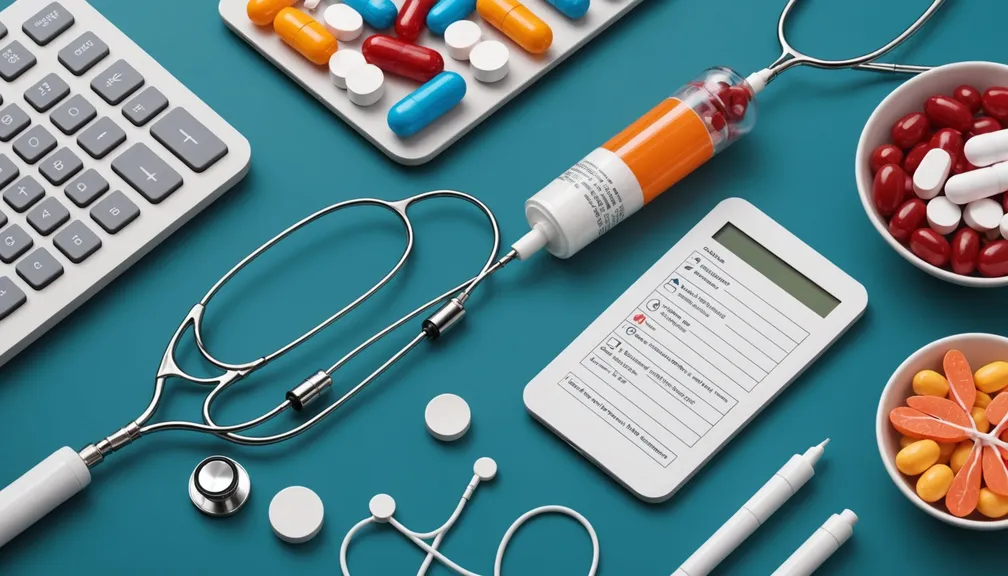Diagnostic Procedures: Urinalysis, Blood Tests, and Biopsy
Understanding the diagnostic procedures used to identify and manage rare kidney diseases is essential for patients and their loved ones. This lesson covers three key diagnostic tests: urinalysis, blood tests, and kidney biopsy. Each procedure plays a vital role in assessing kidney function and determining the appropriate treatment plan.
Urinalysis
What is Urinalysis?
Urinalysis is a simple test that examines a sample of your urine to detect various substances and cells. It helps evaluate kidney function and identify potential kidney-related issues.
Why is Urinalysis Important?
- Detects Kidney Problems: Identifies abnormalities such as protein, blood, or abnormal cells in the urine.
- Monitors Disease Progression: Tracks how a kidney disease is progressing or responding to treatment.
- Early Detection: Reveals changes in urine that may indicate kidney issues before symptoms appear.
How is Urinalysis Performed?
- Sample Collection: Provide a urine sample in a sterile container.
- Laboratory Analysis: The sample is tested for proteins, glucose, red and white blood cells, and other substances.
- Results Interpretation: Your healthcare provider reviews the results to assess kidney health.
Understanding Urinalysis Results
- Proteinuria: Excess protein may indicate kidney damage.
- Hematuria: Blood in the urine can signal kidney stones, infection, or other kidney issues.
- Casts: Abnormal structures in the urine can signify kidney disease.
Blood Tests
Types of Blood Tests for Kidney Health
- Blood Urea Nitrogen (BUN)
- Purpose: Measures the amount of nitrogen in your blood from urea, a waste product.
-
Significance: High levels may indicate impaired kidney function.
-
Creatinine Test
- Purpose: Measures the level of creatinine, a waste product produced by muscles.
-
Significance: Elevated creatinine levels suggest decreased kidney function.
-
Estimated Glomerular Filtration Rate (eGFR)
- Purpose: Estimates how well your kidneys are filtering blood.
-
Significance: A lower eGFR indicates poorer kidney function.
-
Electrolyte Panel
- Purpose: Checks levels of minerals like sodium, potassium, and calcium.
-
Significance: Imbalances can affect overall health and kidney function.
-
Complete Blood Count (CBC)
- Purpose: Evaluates overall health by measuring red and white blood cells.
- Significance: Anemia or infections can be related to kidney disease.
Preparing for Blood Tests
- Fasting: Some tests may require fasting for several hours before the test.
- Hydration: Drink plenty of water unless instructed otherwise by your healthcare provider.
- Medications: Inform your doctor about any medications or supplements you are taking.
Understanding Blood Test Results
Your healthcare provider will explain your blood test results, highlighting any abnormalities and discussing their implications for your kidney health.
Kidney Biopsy
What is a Kidney Biopsy?
A kidney biopsy is a procedure where a small sample of kidney tissue is removed for examination under a microscope. It provides detailed information about the type and extent of kidney disease.
Why is a Kidney Biopsy Needed?
- Accurate Diagnosis: Determines the specific type of kidney disease.
- Treatment Planning: Guides your healthcare team in choosing the most effective treatment.
- Assessing Severity: Evaluates the extent of kidney damage.
How is a Kidney Biopsy Performed?
- Preparation: Receive instructions on how to prepare, which may include fasting.
- Procedure:
- Anesthesia: Local anesthesia numbs the biopsy area.
- Incision: A small incision is made, typically in the lower back.
- Sample Collection: A needle is inserted to extract a tissue sample from the kidney.
- Post-Procedure Care: Rest and avoid strenuous activities for a few days.
What to Expect After a Kidney Biopsy
- Recovery Time: Most patients go home the same day or the next day.
- Possible Side Effects: Mild pain, bruising, or bleeding at the biopsy site.
- Follow-Up: Your doctor will monitor you for any complications and discuss the biopsy results.
Risks and Benefits of a Kidney Biopsy
- Benefits:
- Provides a precise diagnosis.
- Helps tailor treatment plans effectively.
- Risks:
- Bleeding
- Infection
- Rarely, injury to surrounding organs
Understanding Biopsy Results
The tissue sample is analyzed by a pathologist to identify abnormalities in kidney structure and function. These results are crucial for diagnosing specific kidney diseases and guiding treatment.
Healthcare Professionals Involved
Several healthcare professionals work together to diagnose and manage rare kidney diseases:
- Nephrologist: A doctor specializing in kidney care and treating kidney diseases.
- Urologist: A doctor who focuses on the urinary system, including the kidneys.
- Pathologist: A specialist who examines biopsy samples to diagnose diseases.
- Nurses and Technicians: Provide support during diagnostic procedures and ongoing care.
- Dietitian: Assists in creating meal plans to support kidney health.
- Social Worker: Offers emotional support and resources for patients and families.
Tips for Preparing for Diagnostic Procedures
- Ask Questions: Don't hesitate to ask your healthcare provider about the procedures, what to expect, and any concerns you may have.
- Follow Instructions: Adhere to any pre-test guidelines, such as fasting or medication adjustments.
- Arrange Transportation: Some procedures may require you to avoid driving afterward.
- Bring Support: Having a family member or friend accompany you can provide comfort and assistance.
By understanding these diagnostic procedures, patients and their loved ones can feel more prepared and involved in managing rare kidney diseases.






